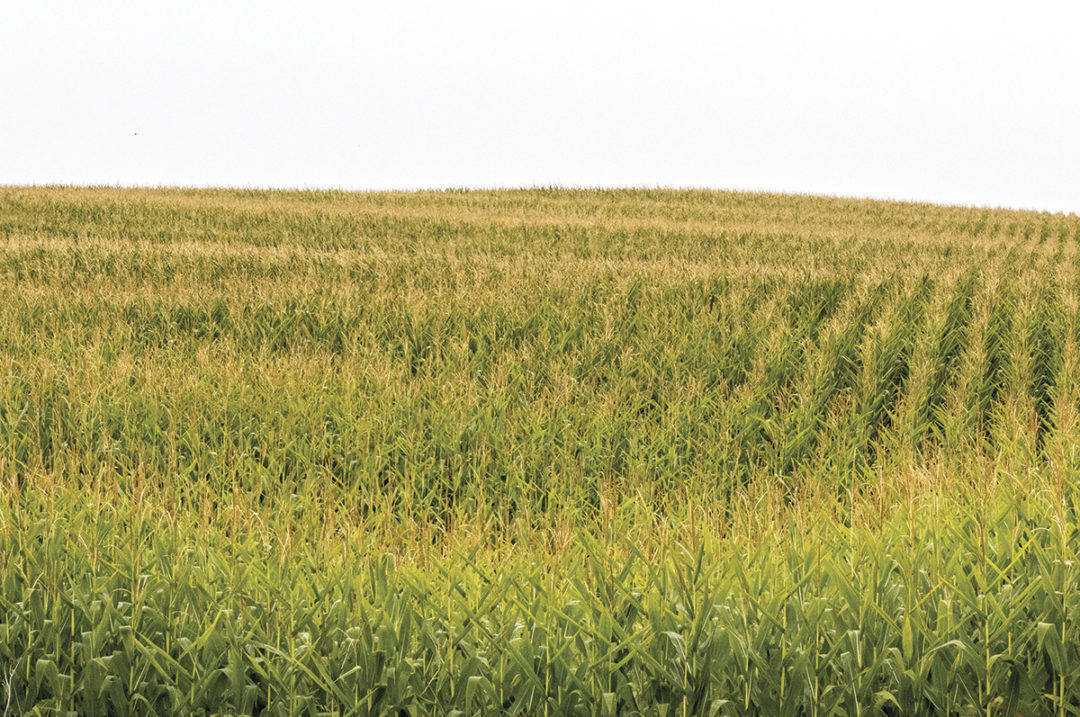The April World Agricultural Supply and Demand Estimates report (WASDE) showed the 2023-24 U.S. corn outlook having a greater amount of corn used for ethanol, and feed and residual use creating smaller ending stocks. Corn used for ethanol is raised 25 million bushels to 5.4 billion. Feed and residual use is increased 25 million to 5.7 billion. With no supply changes and use rising, ending stocks are lowered 50 million bushels to 2.1 billion bushels. However, the season-average farm price is lowered again this month, another 5 cents to $4.70 per bushel.
Major global trade changes for 2023-24 include lower forecast corn exports for South Africa, India and Tanzania but an increase for Russia. Corn imports are lowered for the EU, Saudi Arabia, Bangladesh, Thailand, Cuba and Kenya but raised for Mexico. Foreign corn ending stocks are essentially unchanged, mostly reflecting declines for Mexico and South Africa that are offset by small increases for several countries. Global corn ending stocks, at 318.3 million tons, are down 1.4 million from last month.
The outlook for U.S. soybean supply and use shows lower imports, residual and exports, and higher ending stocks. Soybean trade is reduced on pace to date and expectations for future shipments. With the trade changes and slightly lower residual, soybean ending stocks are raised 25 million bushels to 340 million. The U.S. season-average soybean price for 2023-24 is forecast at $12.55 per bushel, down 10 cents from last month. Soybean meal and oil prices are unchanged compared to last month's at $380 per short ton and 49 cents per pound, respectively. Global 2023-24 soybean supply and demand forecasts include lower production, exports, crush and nearly unchanged ending stocks.
This month’s supply and demand outlook for 2023-24 shows U.S. wheat has lower supplies, reduced domestic use, unchanged exports and higher ending stocks. Supplies are tightened with a reduction in projected imports by 5 million bushels to 140 million on a slower-than-expected import pace, primarily for hard red winter. Domestic consumption is forecast down on lower-than-expected implied feed and residual use in the second and third quarters based on the latest National Agricultural Statistics Service (NASS) Grain Stocks report. As a result, annual feed and residual use is lowered 30 million bushels to 90 million. Projected 2023-24 ending stocks are raised 25 million bushels to 698 million, 22% above last year. The season-average farm price is reduced 5 cents per bushel to $7.10.
For 2024, red meat and poultry production is raised from last month. Beef production is raised due to heavier weights and higher slaughter. Beef exports are raised for 2024 as well. Cattle prices are raised for the year based on recent data and expected strength in demand.
Find additional information on the USDA WASDE report from April.








